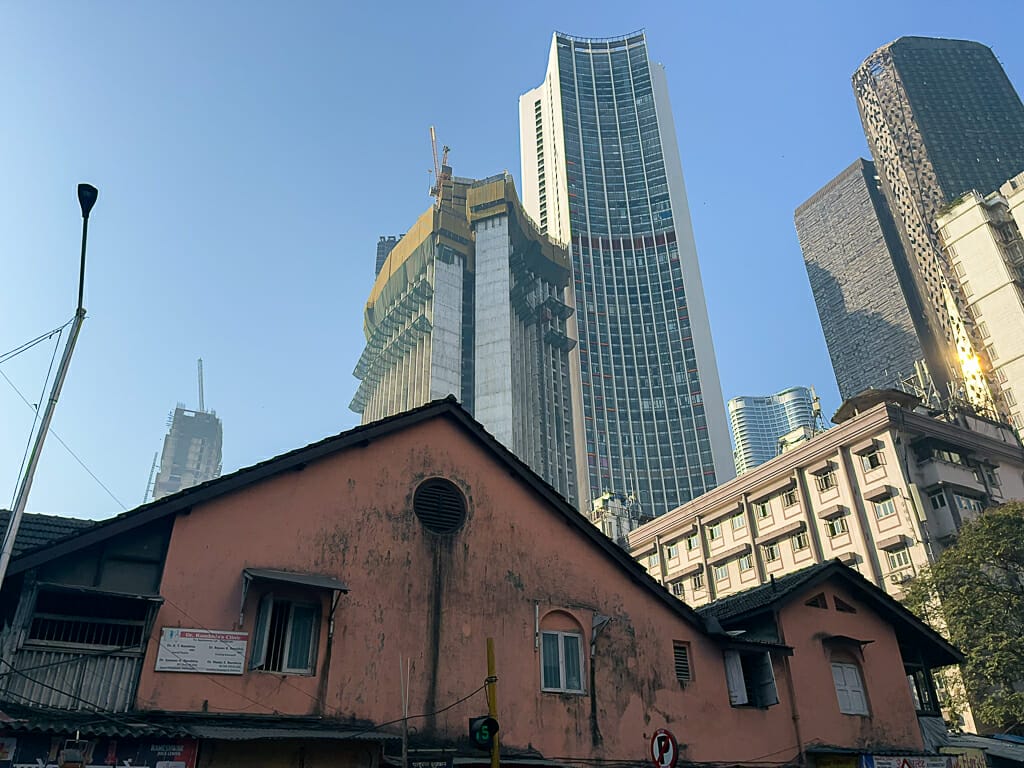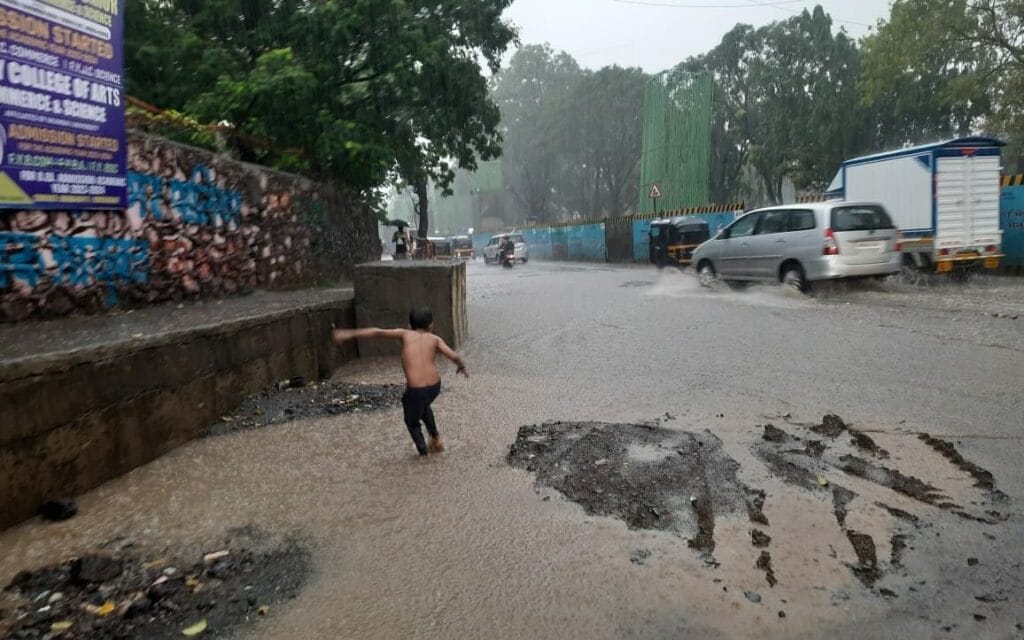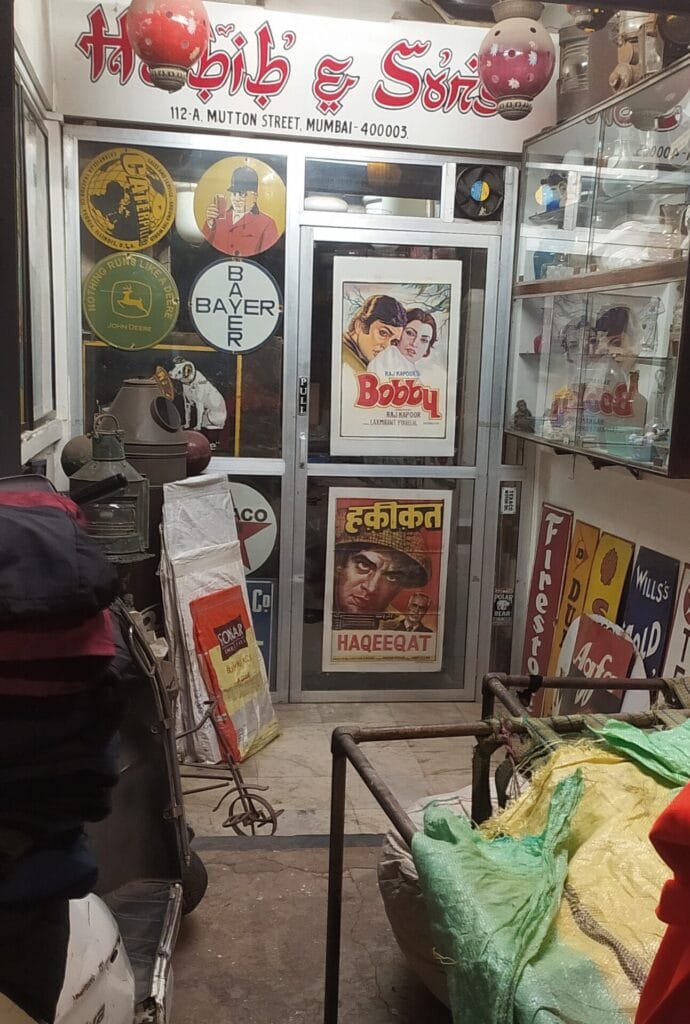Another year goes by and most of us, who are not directly affected, are watching the world in turmoil helplessly from a distance. Whether it is extreme violence and massacre of human rights in Gaza or the tepid COP 28 commitments for climate action. Closer home, there is a record number of suspensions of members of our parliament and passage of bills without debates, raising disturbing questions about India’s democratic structures.
And then in Mumbai, one has almost gotten used to the fact that the city has not had the municipal elections so as to expect our elected representatives to do something about the unending construction, resultant pollution and so on.
As if all this was not enough, we are secretly panicking about the new variant of Covid JN.1.
So expectedly, to mark the year end festivities, some celebrations are muted, some are enthusiastic as always. And yet, like a habit that doesn’t go, this time of the year makes us believe in cliches like ‘ring out the old, and ring in the new,’ turning a new leaf, joy of giving and so on. It also makes us introspect and look back and gain that valuable wisdom of “hindsight.”
As I recollect the ups and downs that Mumbai chapter has witnessed, what stands out for me is the variety of subjects and earnest handling of even the most regular stories like Mumbai’s monsoon. It was also remarkable to see citizens strive for bringing change for a hyper local issue like a cement plant in the neighbourhood or larger issues of climate change and global warming.
Sometimes successful, sometimes not. But it is important to have tried, tried to be the change we wish to see. It inspires us and motivates us to do better. Here are a few stories that stayed with me and also stood for what Citizen Matters strives to do.
Urban planning and Mumbai
Although we do several stories which have a direct or indirect link to urban planning, at the start of the year we had received a grant to produce 12 stories on various aspects of planning. That enabled us to focus our energies on stories related to redevelopment, access to facilities, such as parking and role of planning in health care.
- Urban planning in Mumbai: Who designs our city, and for whom? What does urban planning mean for Mumbai? And how much of a say do the people of Mumbai have in how their city is built?

- The mills and a boom: A real estate transformation that left out locals – Mumbai’s mill lands were to be equitably divided into open space, affordable housing and commercial use. The drive for profit has taken precedence.
- No parking please: citizens oppose BMC’s plans for underground parking at Juhu’s public park – Citizens oppose the plans to construct underground parking lots beneath parks and they raise environmental concerns given how limited open spaces are.
- How Mumbai has changed: An interview with veteran urban planner Shirish Patel – From housing to commute, and specific projects such as the Coastal Road, Patel shares his thoughts on developments in Mumbai through the years.
Bambai ki barish
This monsoon was special because we had a completely new team and three interns brimming with ideas to write about the monsoon and the challenges it brings. We covered the newsy stories but we also looked at stories with sharp local focus about communities. Not just that, we also had an essay competition for residents of Mumbai to write about a monsoon challenge and present a solution.
- Monsoon at its peak, Mumbai deals with accidents, some fatal too – Mumbai’s monsoon accidents: road mishaps, drownings, tree falls, house collapses and more, claim numerous lives each year.
- Mumbaikars deal with another monsoon without their corporators – Heavy rains make citizens go through ample difficulties. It is the second monsoon, when there’s no sitting corporator to listen to them.
- As monsoon intensifies, fear grips citizens living on the banks of Poisar river – Monsoon is a difficult time for the residents of Hanuman Nagar, especially those residing along the banks of the Poisar River.

- Photo essay: “Araam” season in Dharavi’s Kumbharwada as potters cope with monsoon – In photos: Pottery has been a family-run vocation for generations for Kumbharwada community in Dharavi. As monsoon arrives the production is affected.
- Monsoon memoirs: Wading through challenges with Mumbai’s spirit and innovation – Monsoons can add to our blues, but the adversities can also present opportunities to make the city better, says a hopeful Mumbaikar.
In focus
Often some issues or stories cannot be told in one go. They require deeper and wider reportage and that is when we work on multi-part series or revisit the story several times. I have picked only one of the several stories that were done on three issues – elderly in Mumbai, medical care for passengers, and most importantly, the precious green lung of Mumbai – Aarey forest.
- Commercial old age homes flourish as government fails to step in – With families disintegrating at a fast pace and children migrating abroad, the elderly are increasingly finding themselves in private care centers.
- Emergency medical rooms at every railway station will save lives say passengers – The inadequate medical facilities put tremendous pressure on railway authorities to handle medical emergencies at stations.
- Tribal family’s battle to protect ancestral farmland – A tribal family in Aarey is fighting to keep their ancestral farmland, a struggle shared by many tribal families in the city.
Read more: Explainer: Why is the Coastal Regulation Zone so important for Mumbai’s well-being?
Quintessential Mumbai
We said good bye to the old non air conditioned double decker bus and welcomed the AC double decker bus, in a span of few weeks. The double decker bus, that features in movies and stays in the memories of most Mumbaikars was an obvious story about the city. But there are more. Be it our beloved Ganpati Bappa, shared autorickshaws, and making economic opportunities for transgender community. And I haven’t even mentioned the fishing community, local trains and Sassoon Docks (which also we wrote about!).
- “Recognise their cultural significance,” says activist on the last day of the double decker bus – The gradual phase-out of Mumbai’s double-decker buses began several years ago, and now, on September 15, we witness the departure of the final bus.
- Shared autorickshaws: Can’t live with them, can’t do without them – Share auto stands in Mumbai are mushrooming by the day, calling for urgent attention of authorities for regulation and planning.

- Chor Bazaar’s bittersweet move to swanky shopping plaza – The iconic Chor Bazaar is changing. The move to modernise the area implies a swanky shopping plaza for antiques in Mumbai. Will it work?
- Glimpses of how Mumbai celebrated Ganpati festival – The Ganesh festival is worth an experience in Mumbai. The city comes alive with emotions, colours, flowers and prayers during the 10-day festivities.
- Bambai Nazariya: How a Mumbai Café is changing the norm through love – Bambai Nazariya is a cafe in Mumbai that employs transgender community. It has provided a dignified livelihood for its seven employees.
Read more: Historical stigma: Pardhi settlers in Mumbai struggle to shake off criminal tag
Mumbai and its women
There are no surprises here. Women continued to bear the brunt of economic and social pressures, as they always have. At times it is about their safety, but mostly it is about discriminatory wages, jobs, work cultures. We tried to cover how it impacts women and their families, in more ways than one – health, mental health and overall well-being.
- When the last local train halts between stations at midnight… – A woman passenger’s anxiety-ridden journey on the last local train to reach home highlights the importance of their safety in public transport.
- Supporting women and children from bastis – Darukhana’s women and children witness abuse, crimes and violence. VVK helps provide assistance and empowerment to women and children.
- How water crisis deepens gender inequality – Water scarcity, especially in informal settlements, affects all aspects of women’s life – income, health, education and overall well-being.
- Hidden, unsung, Mumbai’s piece rate workers toil away for meagre returns – Women and children are often prey to poorly paid piece rate work that forms the end-of-the-line step in supply chains. It comes with side effects.
Citizen journalism
When it comes to people’s power, there is nothing more inspiring that witnessing citizens, especially the youth, from all walks of life, who work and intervene for a better city for all. We saw so many examples of that and we tried to document some of those efforts in their own words.
- Be a citizen scientist, start with watching birds around you – Mumbai is bustling with urban wildlife. Apart from the common crows, sparrows and pigeons, there are tons of different species to explore.
- BMC cleans Chimbai Beach after citizens’ appeal goes viral – Few days ago, a reel on Instagram made it to several groups of citizens involved in civic action. It was about residents of Chimbai lamenting the condition of the beach, where they grew up.
- When Navi Mumbai residents came together to protect their wetlands… A group of Navi Mumbai residents took legal action to protect an important wetland (also a flamingo habitat) from being razed by CIDCO.
- Earth Day: Make way for the young in climate justice – While the climate justice movement is ostensibly for today’s youth, they are excluded from it for their age, lack of power and opportunities.
- Bloom-bay: Mumbai gets a splash of flowers in short-lived spring – Tree walks not only create awareness about the trees and flowers of the region but are also helpful in discussing environmental issues.
I started with a feeling of doom and gloom. No, that hasn’t been miraculously cured. But there’s no denying that all these efforts of people towards making Aapli Mumbai a better city, warms our hearts and inspires us. Here’s to harnessing that hope and working for a better tomorrow.
Wishing you a proactive, peaceful and a fulfilling new year.